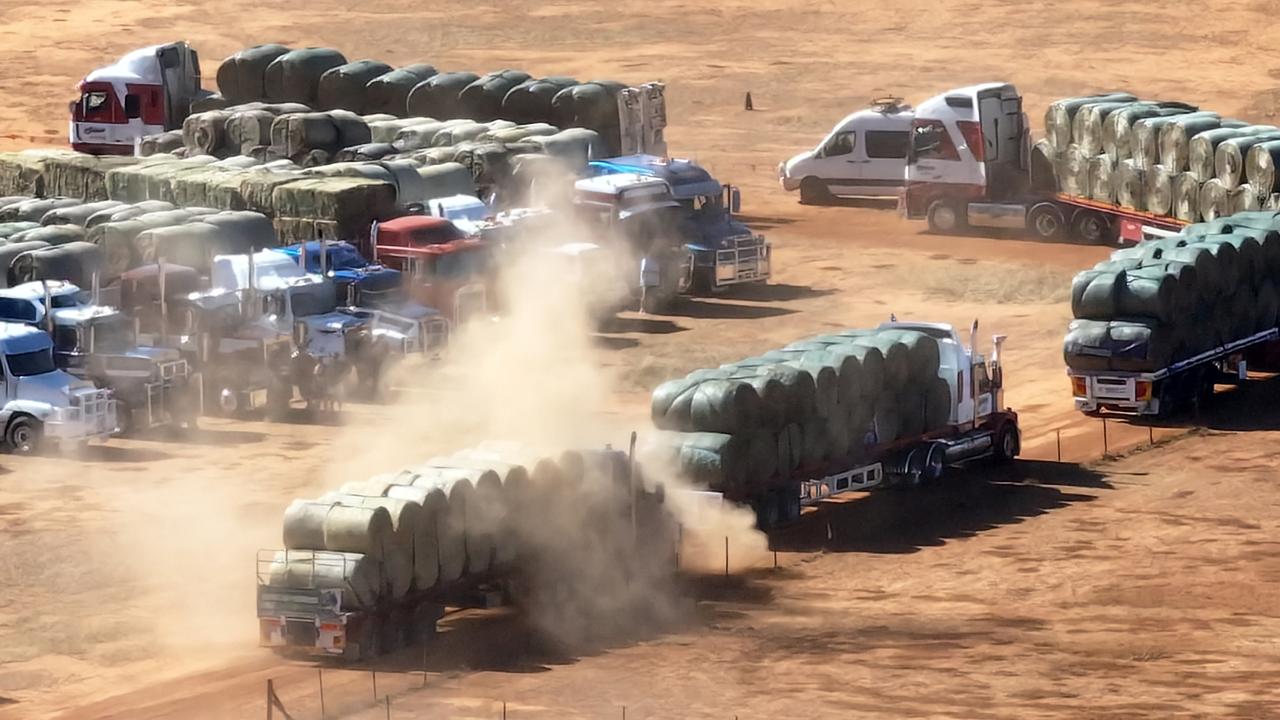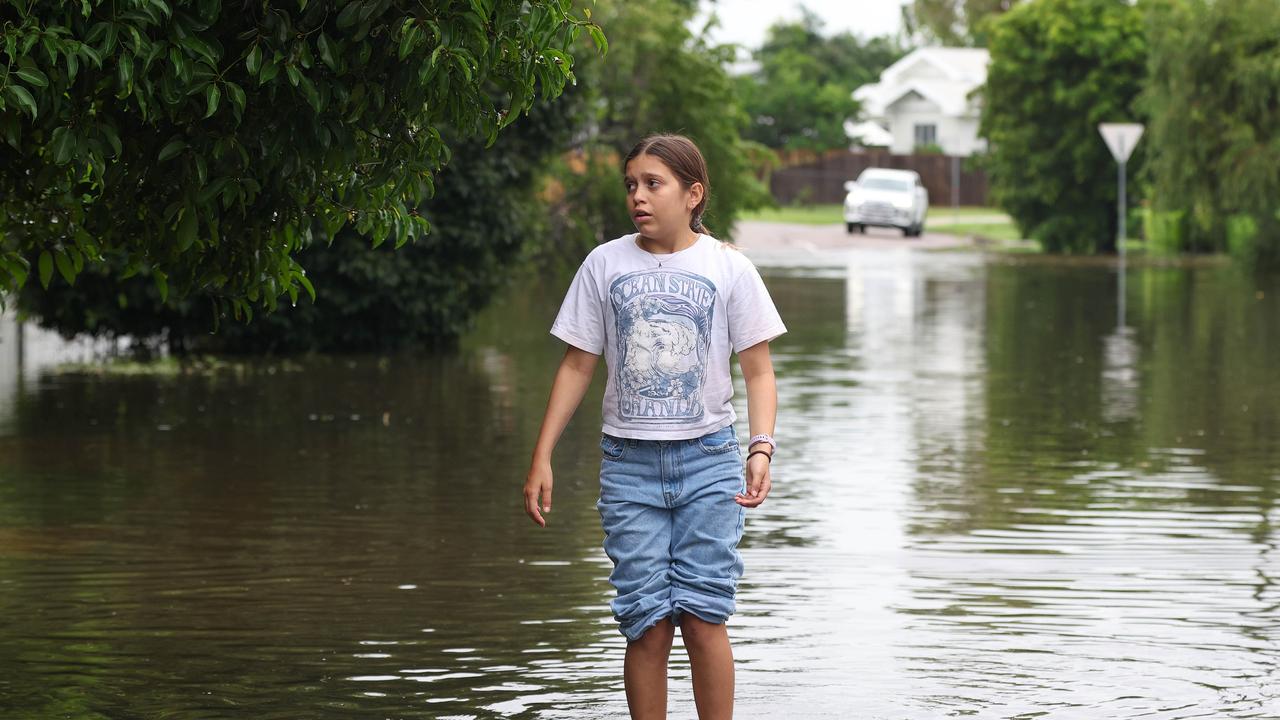Extinction Rebellion climate change protests doing ‘more harm than good’
They want action on climate change, but experts say disruptive protests aren’t achieving much — and are doing more harm than good.

By glueing themselves to roads, blocking traffic in city centres, rolling makeshift barricades in front of cars and scaling bridges, climate change rebels have certainly made a lot of noise.
Extinction Rebellion protests continue across Australia this week as activists seek to “disrupt” people’s everyday lives to put pressure on governments.
The goal is to drive action on climate change. But is it working? Or is the movement just pissing people off?
Brand, marketing and communications experts say the broader climate change cause is at risk of being damaged by the actions of Extinction Rebellion members, with people’s growing frustration turning them away.
And not only is it likely the protesters won’t achieve any real change, but they could actually delay progress.
‘A MOB IS A MOB’
Extinction Rebellion bills itself as a peaceful, nonviolent movement and apart from the odd scuffle with police, it has remained that.
But its unapologetic disruption tactics are giving all the appearance of an angry mob, Amanda Lacey, director of the consultancy POPCOM, said.
“Shouting at people doesn’t work — it puts them off,” Ms Lacey said.
“Shutting down cities, blocking traffic, chaining yourself to things, halting public transport — you can say you’re nonviolent but it looks like an angry mob.”


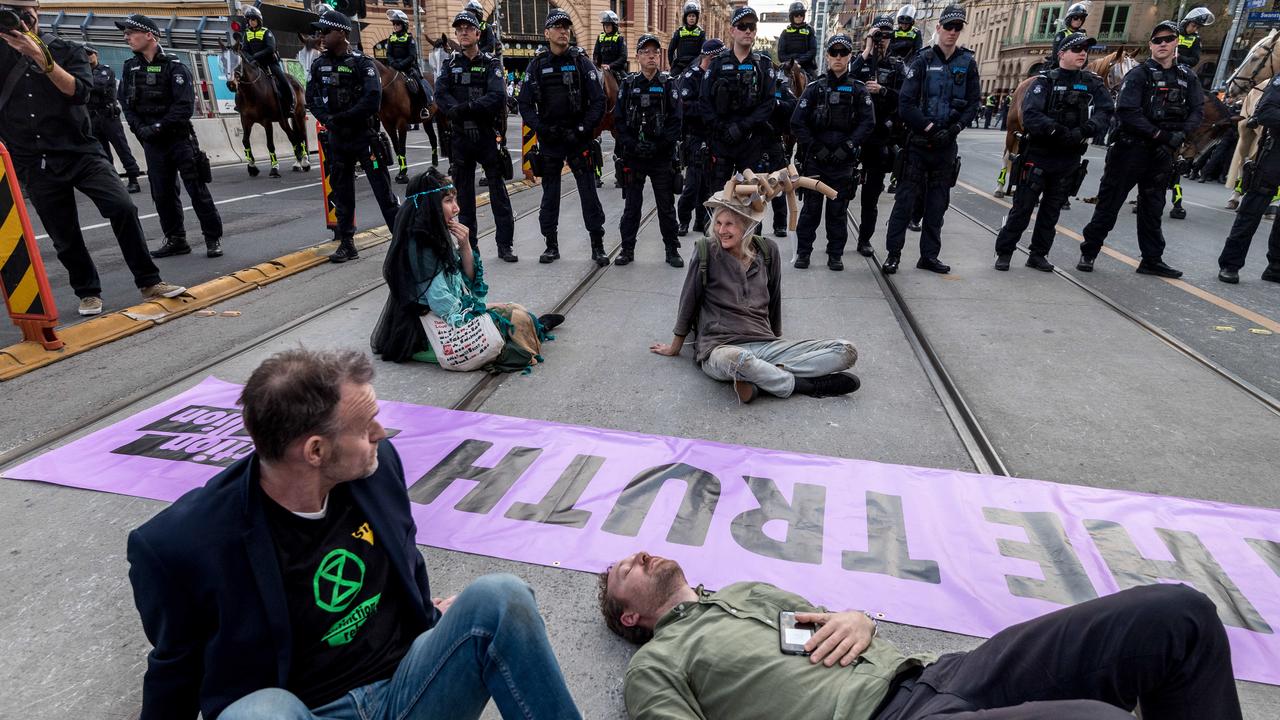
She believes there’s a way of getting a message across without being “a public nuisance” and alienating people who might have otherwise been open to a cause.
On Tuesday night, vision of a woman crying hysterically behind the wheel of her car while Extinction Rebellion protesters blocked her path was broadcast on Channel 9.
The motorist was trying to get to her late mother’s home, after she died on Sunday, to begin packing up her belongings. It was a potent and damaging image.
“That’s the thing — it’s putting people off,” Ms Lacey said.

Andrew Montesi, managing director of Apiro Consulting and Apiro Media, said shock and awe tactics were risky.
“A disruptive strategy plays well to a relentless news cycle, content hungry media and the viral nature of social media, so there is huge potential to get mass exposure, fast,” Mr Montesi said.
“There’s also the risk of marginalising and pushing away the very people they’re trying to win over. While shock and awe may make some people think, others are simply trying to get on with their already complex, stressful lives.
“Getting in their way, or worse, sending a message that ‘we know better than you’ is only going to push them away — even if they do believe the core issue to be important.”
RELATED: Extinction Rebellion kick off two weeks of international protests against climate change
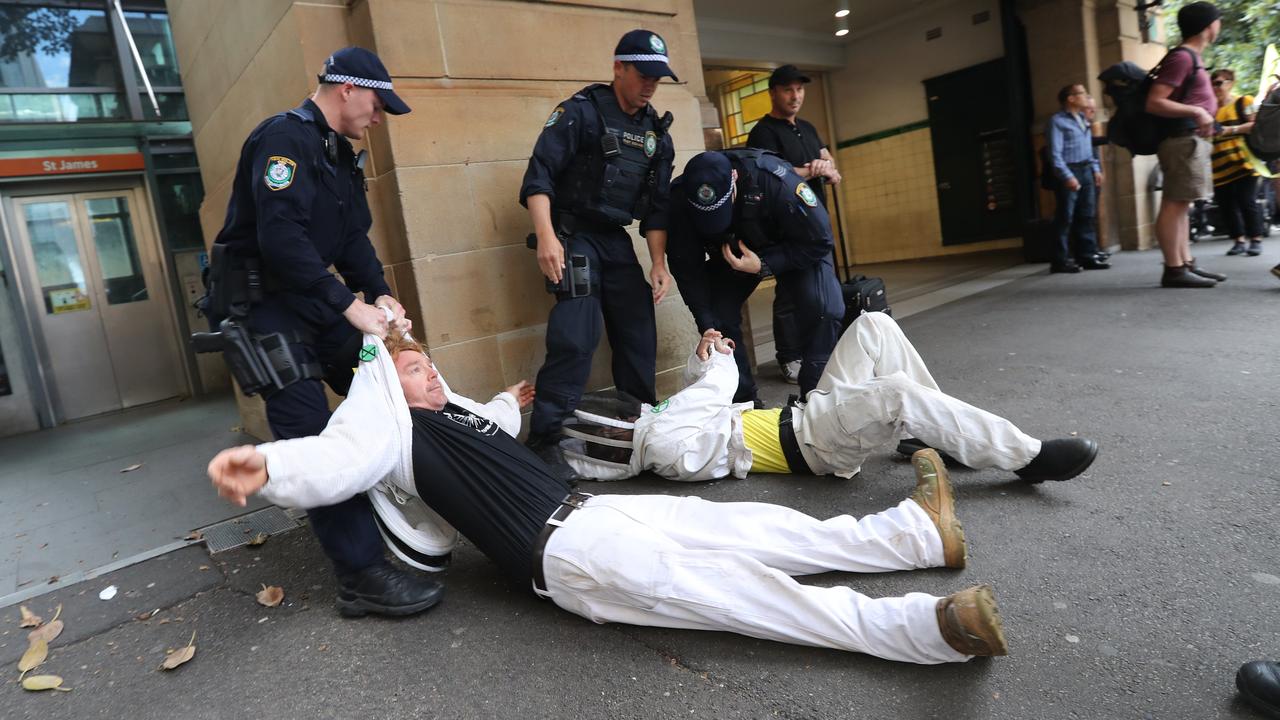
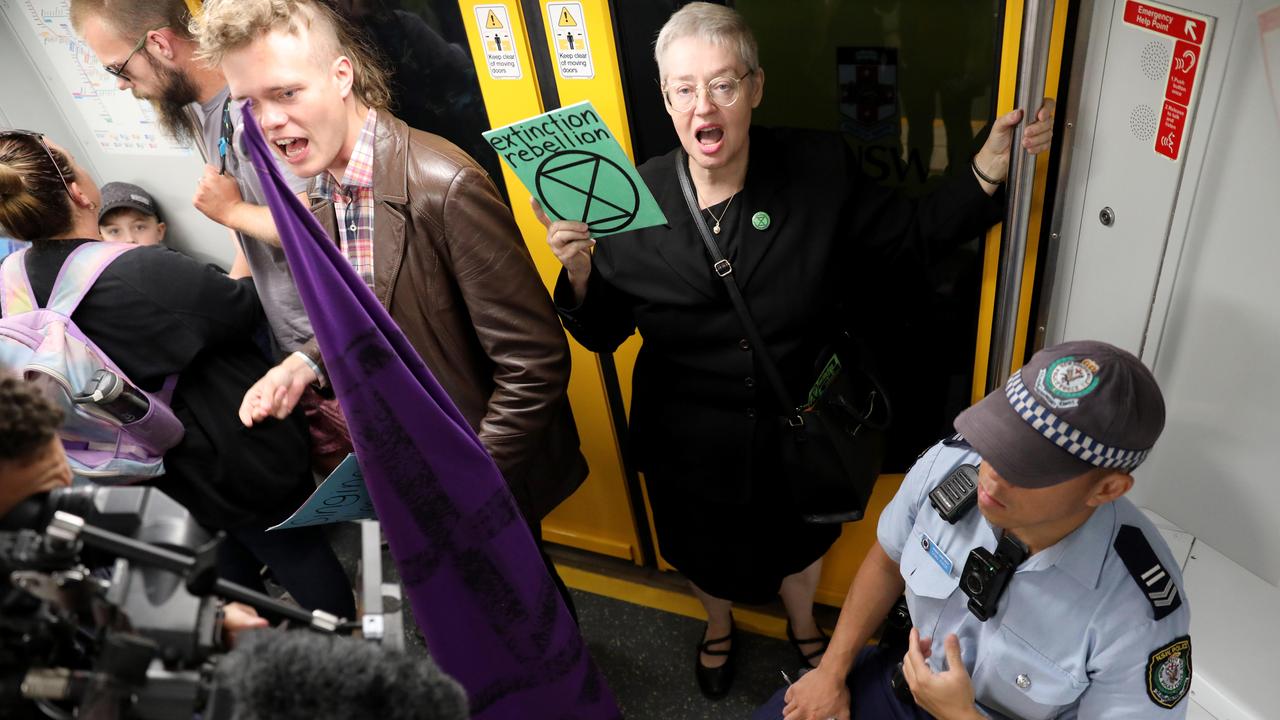
WHAT’S THE POINT?
Over the past several weeks, Extinction Rebellion has made a lot of noise via its disruptive tactics — blocking roads, hanging from bridges and glueing themselves to things.
But what are their actual goals? What do they hope to achieve?
Queensland University of Technology strategic communication and social impact expert Kim believes the group has failed to articulate its purpose to the public.
“They’ve focused on drawing attention and they’ve done that quite well,” Dr Johnston said. “I don’t think they’ve communicated their goals very well though.”
Dr Johnston believes the group is now as a “critical junction” where they can either capitalise on the attention they’ve generated, or squander it.
And the longer they wait and stick with their current methods, the more likely it is that their support will disintegrate, she said.
“When you’re threatening people’s livelihoods in the way they are, stopping people getting to work or going to pick up the kids, I think they’ll lose support for the cause,” Dr Johnston said.
“What they need to do is communicate their plans, the next steps, while they’ve got the attention they desired. If they don’t do that, they’ll lose support of the masses and they can’t afford to do that.
“They risk becoming just another activist group.”
There’s a chance that has already occurred, Mr Montesi said, with the tactics designed to draw attention to a polarising issue are “playing out in a divisive way”.
“If the purpose for Extinction Rebellion has been to get headlines, clicks and comments, it has certainly been successful,” he said.
“But if the intention was to win over the hearts and minds of those without a clear stance on the issue, or to influence the influencers, a disruptive strategy could be doing more harm than good.”
Ms Lacey agreed, saying the group is starting to look like it’s all stunt and no substance.
“They’re effective in the sense that they’re getting attention, but what are they doing with it?” she said.
“They’re raising awareness of an issue that’s kind of already out there. I don’t think the majority of Australians deny climate change or at least agree that we should do something to protect the environment.
“We’re all aware of the problems. So what are they drawing attention to? What are their goals? Good marketing offers a solution to a problem.”

Francis Farrelly, marketing academic and researcher at RMIT University, said the message was without doubt “compelling”.
“But the question now is whether it’ll have any kind of longevity and any real effect,” Prof Farrelly said.
“There’s a danger here that this disruption-type tactic won’t gel for much longer with the middle ground of Australians.”
ALIENATING THE MIDDLE
There's no doubt that the issue of climate change is a polarising one in Australia, with passionate views on other side.
On one end of the spectrum are those who accept the science, recognise an imperative and demand action. On the other are those who doubt, deny or distrust the science.
It’s that cohort in the middle who aren’t informed or haven’t been swayed to a position that Extinction Rebellion should be targeting. But are they?
“I think there’s a middle ground of Australians who don’t consider themselves denialists but want a meaningful way forward that’s also sensible,” Prof Farrelly said.
Frustration levels are beginning to rise as the disruption method continues, he said. The risk Extinction Rebellion faces is that the middle will switch off.
“And worse than that, I think they’ll not only switch off but they’ll be pushed away. That frustration is already there. I think the public will turn against it.”


With any divisive issue, there’s a middle that’s up for grabs — and it’s not usually a terribly difficult cohort to convince, Dr Johnston said.
“The people in the middle who aren’t strongly polarised one way or another will be more open to arguments and changing their position or perspective,” she said.
“You’ll almost never get someone who’s strongly opposed to an issue to all of a sudden be in favour of it. The ones in the middle are more likely to be swayed, but in increments.
“By targeting the middle, undecided group, they can be successful. But there needs to be a plan that maintains the support.”
Extinction Rebellion faces the danger of merely “preaching to the converted” rather than having any real effect, Mr Montesi said.
“This gets great vanity metrics, with plenty of clicks and comments from others within the same social media echo chambers, but I don’t think this will create any real impact.
“Reasoned, respectful debate may be slow burning strategy, but it may get the desired result in the long run. Because at the end of the day when the momentum burns out, and it will, the question will be asked, ‘what has really been achieved here?’”
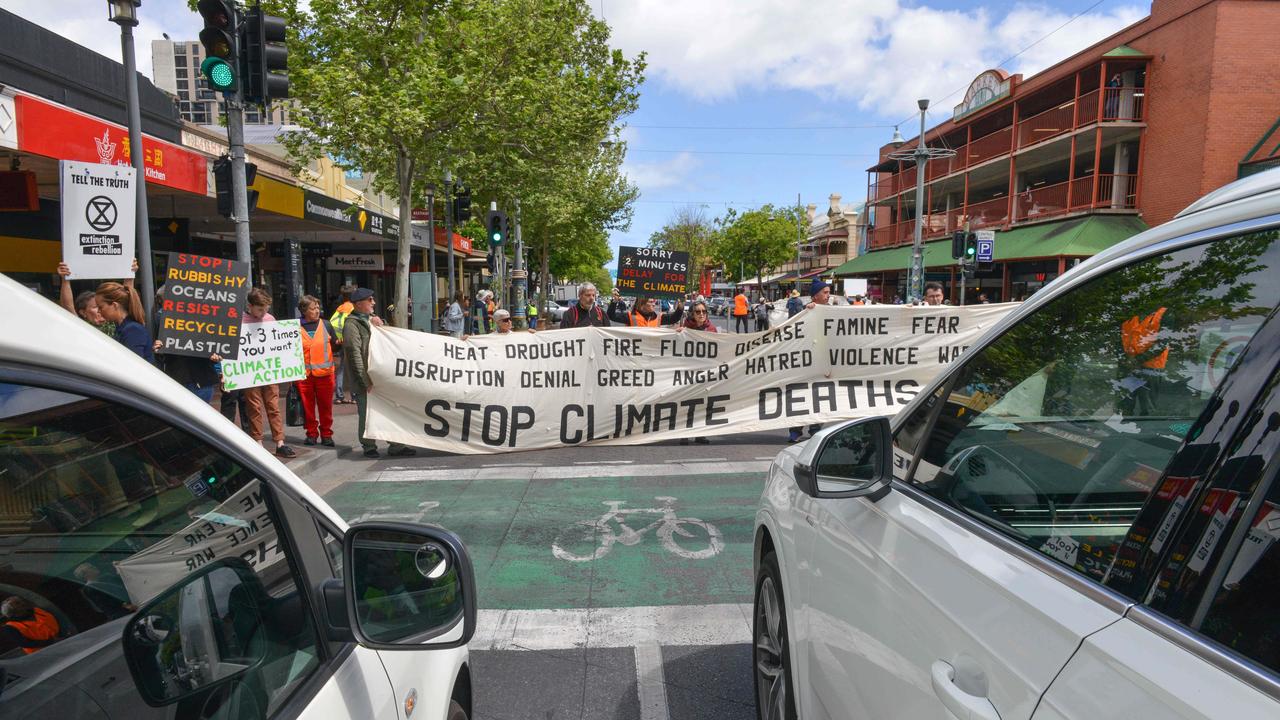
Ideologies and track record aside, Dr Johnston believes the federal government will be “watching and listening” to the Extinction Rebellion movement.
It’s making too many waves to ignore.
But if the current backlash continues as people becoming more frustrated, there’s a risk the government will be given a ‘get out of jail free’ card rather than forced to act.
“I think it would be sad for that to happen,” Dr Johnston said.
“There’s an opportunity to use their influence in a constructive way. The tolerance for this disruption won’t last. I think people are getting tired of it.”
Protesters dangerously lay on the ground in Sydney CBD. Follow our live coverage @newscomauHQ https://t.co/ovcecow5GW pic.twitter.com/rVxcT0af4U
— Stephanie Bedo (@stephanie_bedo) October 7, 2019
MESSAGE HAS BEEN LOST
There are a number of organisations that champion the issue of climate change and environmental conservation.
Extinction Rebellion has created its own brand that’s slick and distinct, and represents a well co-ordinated and organised approach, Ms Lacey said.
“They’ve obviously invested in graphic design with their symbol now immediately identifiable,” she said. “And maybe I’m reading too much into it as a brand person, but using particularly contemporary colours in the design is quite effective.
“The performance elements are entertaining and attention-grabbing — the Red Rebels are fantastic.”

But looking at the general sentiment across social media, it’s clear that the average Australian is confused.
“The comments I’m seeing, it’s people talking about the mess left behind at rallies, about the pollution from cars stuck in traffic, that kind of thing,” she said.
“Clear, concise, precise — that’s what I say to my clients all the time. The Extinction Rebellion message is being lost and clouded.”
It’s also starting hijacking the broader conversation about climate and conservation issues.
Prof Farrelly said Extinction Rebellion’s success in gaining prolonged attention could have the effect of swamping the issue of climate change itself.
“I think this is clouding the issue more than anything else,” he said.
And in the short to medium-term, he believes the ‘brand’ of climate change could be seriously damaged.


